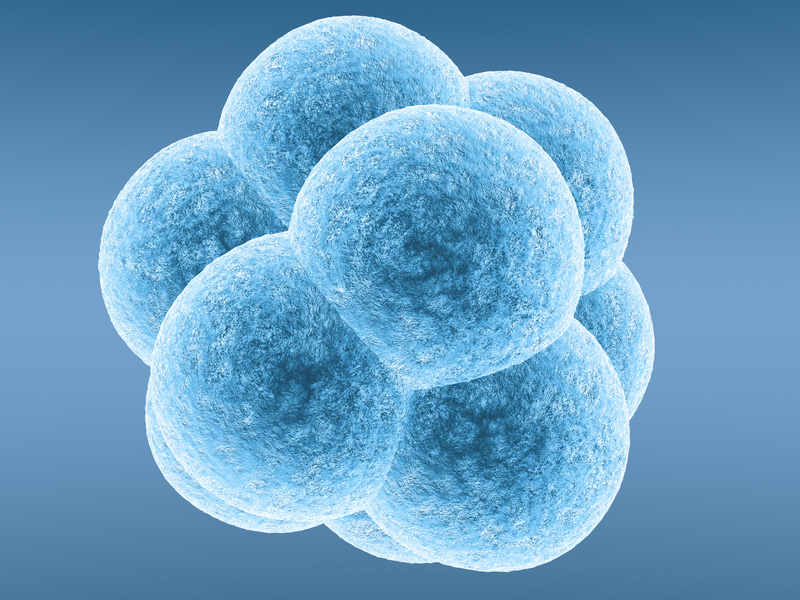
24th April 2015 Human embryos genetically modified by Chinese scientists In a world first, researchers at Sun Yat-sen University in Guangzhou, China, admit to having edited the genome of live human embryos to see the effect on a fatal blood disorder, thalassaemia.
The research is banned in Europe – but Chinese scientists have confirmed that they recently edited the DNA of human embryos for the very first time. Researchers at Sun Yat-sen University, led by Junjiu Huang, have tried to ease concerns by explaining that they used non-viable embryos, which cannot result in a successful live birth, that were obtained from local fertility clinics. Huang's team used a revolutionary new technique known as CRISPR/Cas9, discovered by scientists at MIT. A total of 86 embryos were injected with the Cas9 protein and left for two days while the gene-editing process took place. Of these, 71 survived and subsequent tests revealed that 28 were successfully spliced, but only a fraction contained the genetic material needed to prevent the fatal blood disorder thalassaemia. Unexpected mutations were also noticed in the genes. "I think that this is a significant departure from currently accepted research practice," said Shirley Hodgson, Professor of Cancer Genetics, St George's University of London. "Can we be certain that the embryos that the researchers were working on were indeed non-viable? Any proposal to do germline genetic manipulation should be very carefully considered by international regulatory bodies before it should be considered a serious research prospect." "This news emphasises the need for an immediate global ban on the creation of GM designer babies," comments Dr David King, director of UK watchdog Human Genetics Alert. "It is critical that we avoid a eugenic future in which the rich can buy themselves a baby with built-in genetic advantages. It is entirely unnecessary since there are already many ethical ways to avoid thalassaemia. This research is a classic example of scientific careerism – assuring one's place in the history books even though the research is unnecessary and unethical." "The study is a landmark, as well as a cautionary tale," says George Daley, a stem-cell biologist at Harvard Medical School in Boston. "Their study should be a stern warning to any practitioner who thinks the technology is ready for testing to eradicate disease genes." The research appears in the journal Protein and Cell after the prestigious journals Nature and Science refused to publish it on ethical grounds.
Comments »
|







